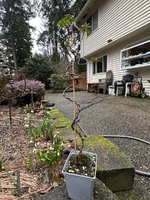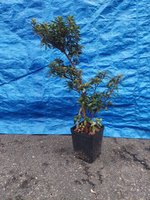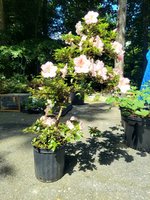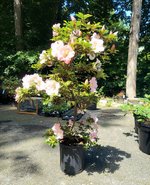I hear you. It would be a fun project! A couple thoughts below.
For each established style there are general guidelines that leave plenty of room for variation. These guidelines were created to assure a decent
aesthetic outcome. (Not exceptional… that’s where advanced horticultural and artistic skills kick in.)
For example Flower display bonsai have general guidelines about branch placement and trunk bending. Here’s an image from Mr Nakayama’s book on Satsuki Bonsai (very rare translated edition) showing general do’s and don’ts vis a vis branch placement.
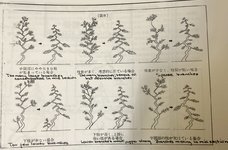
In recent years quite a large number of folks, even Japanese, have begun to create more abstract, structural designs. Then proper branch placement, asymmetric balance and other aesthetic principles and elements of design are applied when growing the secondary etc branches to create a pleasing final outcome.
Here are two Japanese trunk designs off the beaten path. The second is unfinished.


Selection of cultivars. There are certain satsuki cultivars which were created especially for bigger bonsai. USA available include Kaho, Eikan, Gyoten, Kagetsu, Yama no Kagami, Issho no Haru, Wakeibisu medium, Kozan, Yama no Hikari, Bunka. Call Nuccios Nursery (I may have whips of some of these cultivars PM if interested.). There are hardy US cultivars like Janet Rhea, Bixby Dwarf, George Drake, Catherine Grace etc that may also be used, beyond that I haven’t experiment with many others. A hardy Kurume favorite of ours, Hino Crimson, will do fine too.
Cultivation Ground growing is the fastest and the Japanese often grow the younger trees in greenhouses, for cold/varmint protection and to accelerate growth. In the US many of us do not have this luxury. However successive up pots at 1-2 year cycles in tokoname training pots can speed up growth while having the added bonus of being portable.
cheers
DSD sends






